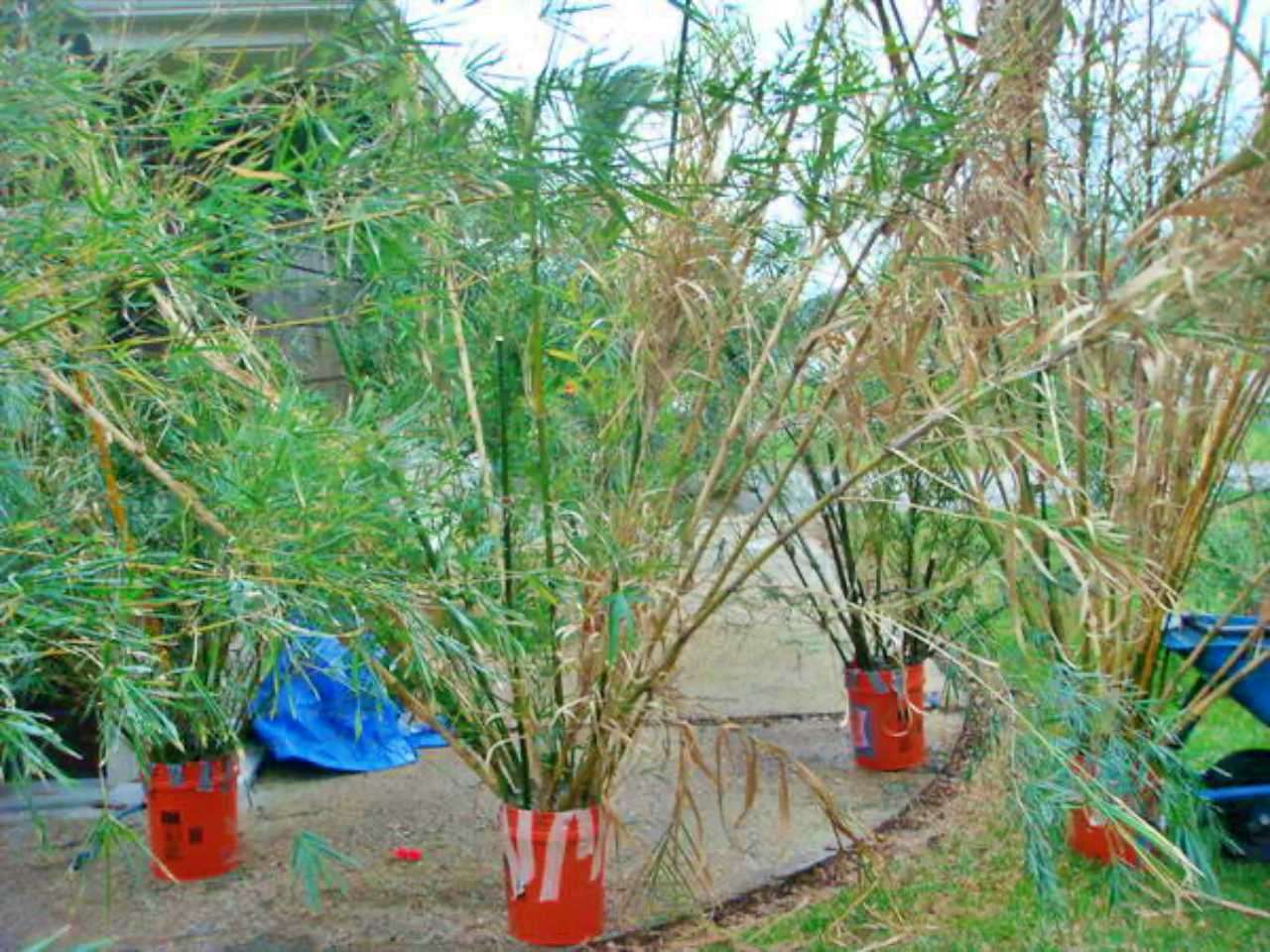
You hear it anytime we come to South Carolina. That is the term “cane piles,” and nowhere else will you hear it. So what the heck is a cane pile?
Cane piles are artificial habitats that provide ambush cover for spotted bass in the otherwise barren floor of the lake. So instead of roaming around and searching for blueback herring, the bass are given the opportunity to stay put in one place and let the bait come to them. And likewise, anglers can home in on them, instead of aimlessly wandering around searching for the bass.
Height is a key to the productivity of a cane pile. A pile is usually constructed of half-dozen or so stalks of bamboo cemented vertically in place inside a bucket. Most are about 10 feet tall, and that height is important. Instead of a low-profile brushpile, the bass are given more vertical range when the feeding conditions call for suspending fish.
The best cane piles have fresh, leafy branches, and hence the reason why there are so many in Lake Hartwell. Replenishing old, leafless cane stalks is an ongoing task.
The planter knows exactly where to find his cane piles; the stranger not so fortunate. Because of their softer wood and narrow profile, cane piles are difficult for today’s modern electronics to find and display on a screen. Side scan type sonar is an advantage for finding the cane piles.

